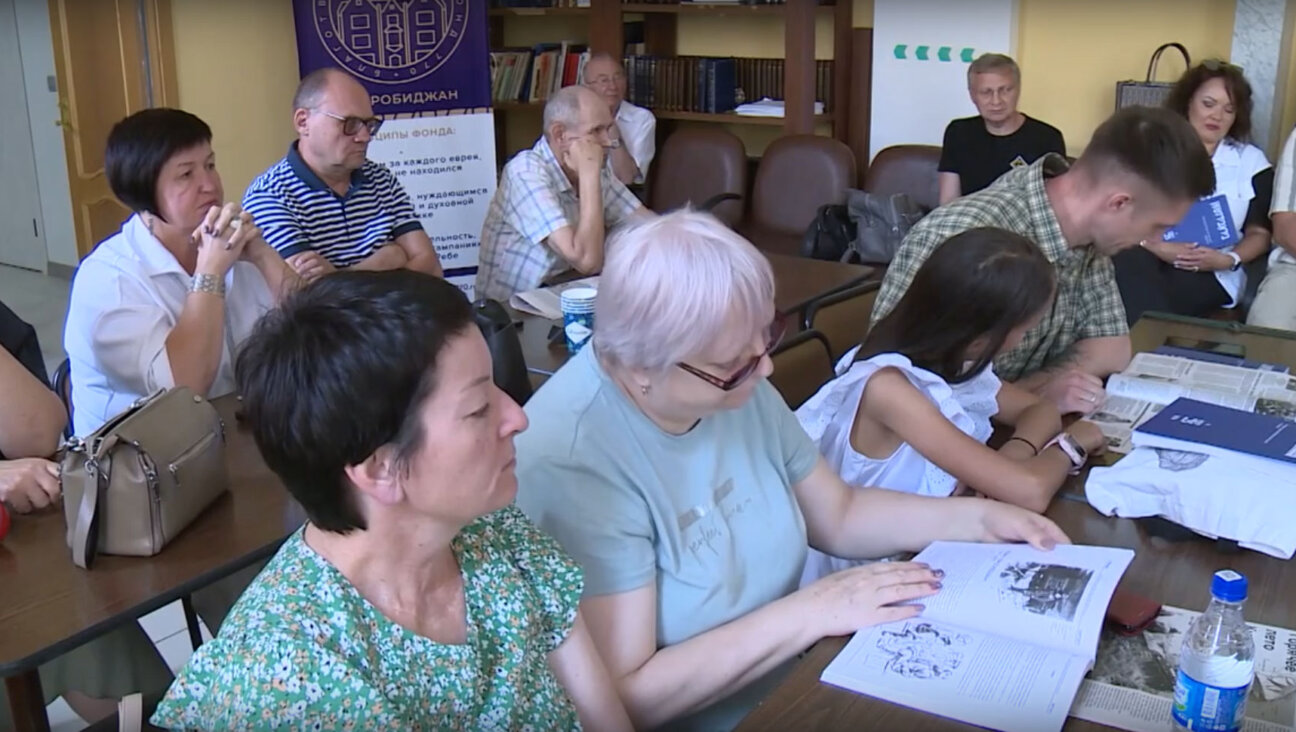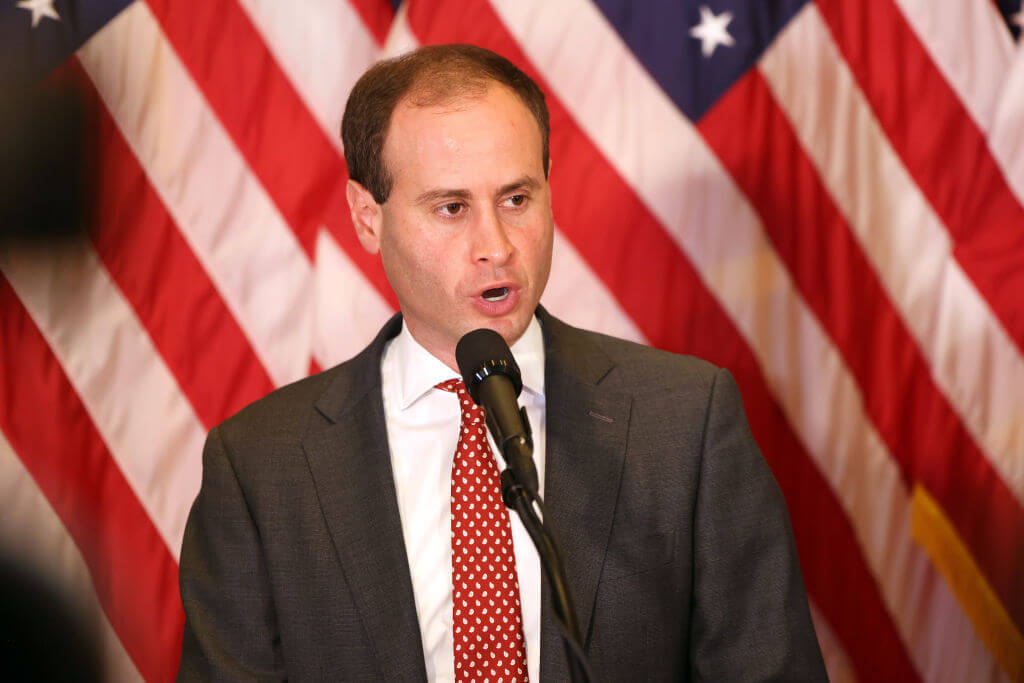Elder B’nai Mitzvahs Journey to Israel

A Special Birthday: Seymour Tubin, a widower, turned 86 on the day of the ceremony at the Western Wall. Image by Nathan Jeffay

Belated ?Simcha?: Nine residents of Cedar Village retirement facility in Mason, Ohio recently celebrated their bar and bat mitzvahs in Jerusalem. Image by Nathan Jeffay
In its centuries of existence, the Western Wall may have never played host to two more different prayer services at the same time.
As young hippie-ish Hasidim beat on drums, singing ecstatically, nine elderly Americans from a retirement village in Cincinnati, Ohio, celebrated their belated bar and bat mitzvahs before the ancient stones. And history of another kind was made: The celebrants, ranging in age from 65 to 96, are from Cedar Village, believed to be the first American retirement facility to bring its residents to Israel for the coming of age ritual.
Just about everyone at the October 15 ceremony, caregivers and tour guides alike, shed a tear.
One reason for the poignancy was that for many residents, making such a trip was a mammoth challenge. It wasn’t just a matter of packing up and traveling for almost 20 hours; during the 13-day holiday, the organizers pushed residents hard — physically and emotionally.
For some, even altering their medication schedule for the time difference was a challenge, and a nurse traveled with the group to help the travelers adjust. But once this was done, the residents climbed Masada, hiked in the Golan, toured Yad Vashem and did plenty of shopping.
For one resident, Erica Gordon, 76, the emotional rollercoaster began as soon as she arrived. A Holocaust survivor who lived in British Mandate Palestine and immigrated to America before the state of Israel was founded, the trip triggered memories she thought she had lost: “I said, ‘Oh my God, this is the same place. I knew I would come back — I just didn’t know when.”
Another reason for poignancy was that the ceremony illustrated the major shift in gender roles during participants’ lifetimes. Several of the women missed their coming-of-age ceremonies because bat mitzvahs were far less common. One was Sally Korkin, 63, director of development at the facility, who was moved to join the residents on this spiritual journey.
The ceremony consisted of prayers and a Torah reading, and took place by a secluded section of the Western Wall within the Jerusalem Archaeological Park. It was led by Rabbi Gerry Walter, director of pastoral care at Cedar Village, and Rabbi Ruth Alpers, a member of its board of directors.

A Special Birthday: Seymour Tubin, a widower, turned 86 on the day of the ceremony at the Western Wall. Image by Nathan Jeffay
Celebrants were invited to the Torah in groups and recited the blessing together. Then they were called one by one by their Hebrew and English names to read a verse in Hebrew. After preparing for several months, said Ethel Regberg, 86, “it was just like learning a poem.” She made the trip with her husband, Paul, 87.
Several of the celebrants gave their caregivers, none of whom are Jewish, the honor of reading the English translation. The celebrants also gave brief speeches sharing their thoughts. Blessing Sivitz, 89, said that preparing for the bat mitzvah “has resulted in the blossoming of my own Jewish heart.” What the nearby drumming detracted from in terms of audibility, it added to in atmosphere.
Cedar Village residents were not the only ones for whom the trip was a big event. There was fierce competition for the care-giving places among staff members of the retirement community, and organizers ended up receiving two applications for every available space.
One successful applicant, Ghanian-born Adu Opoku, a retired international soccer player, could be seen mouthing the words to parts of the Torah reading, and arrived at the Western Wall laden with letters to God from congregants at his church.
Contact Nathan Jeffay at [email protected]
A message from our CEO & publisher Rachel Fishman Feddersen

I hope you appreciated this article. Before you go, I’d like to ask you to please support the Forward’s award-winning, nonprofit journalism during this critical time.
At a time when other newsrooms are closing or cutting back, the Forward has removed its paywall and invested additional resources to report on the ground from Israel and around the U.S. on the impact of the war, rising antisemitism and polarized discourse.
Readers like you make it all possible. Support our work by becoming a Forward Member and connect with our journalism and your community.
— Rachel Fishman Feddersen, Publisher and CEO






















